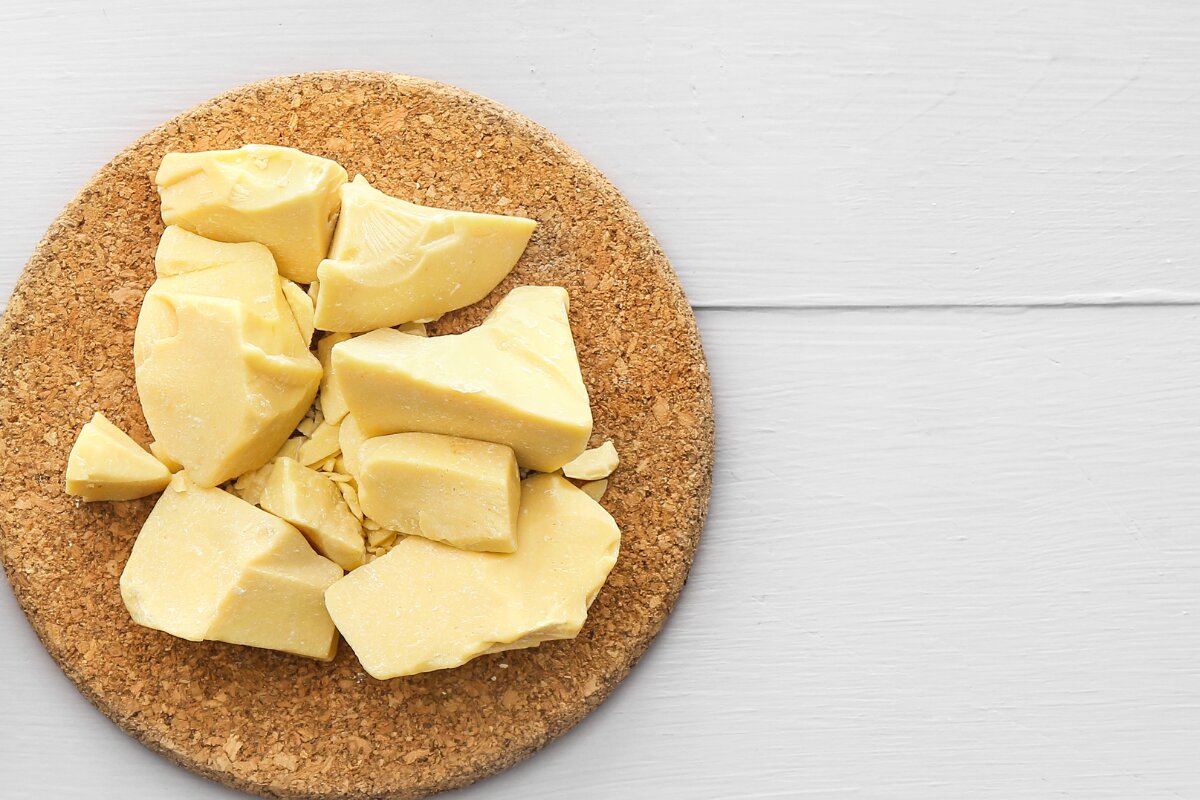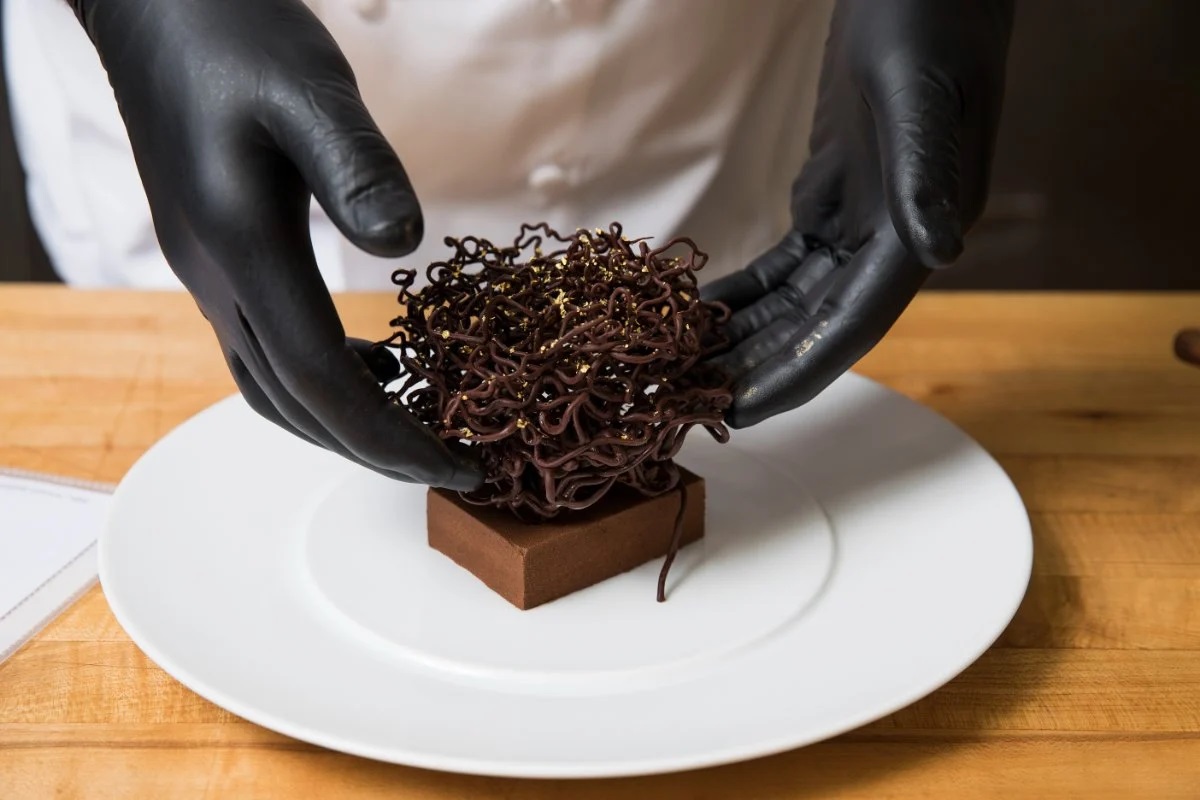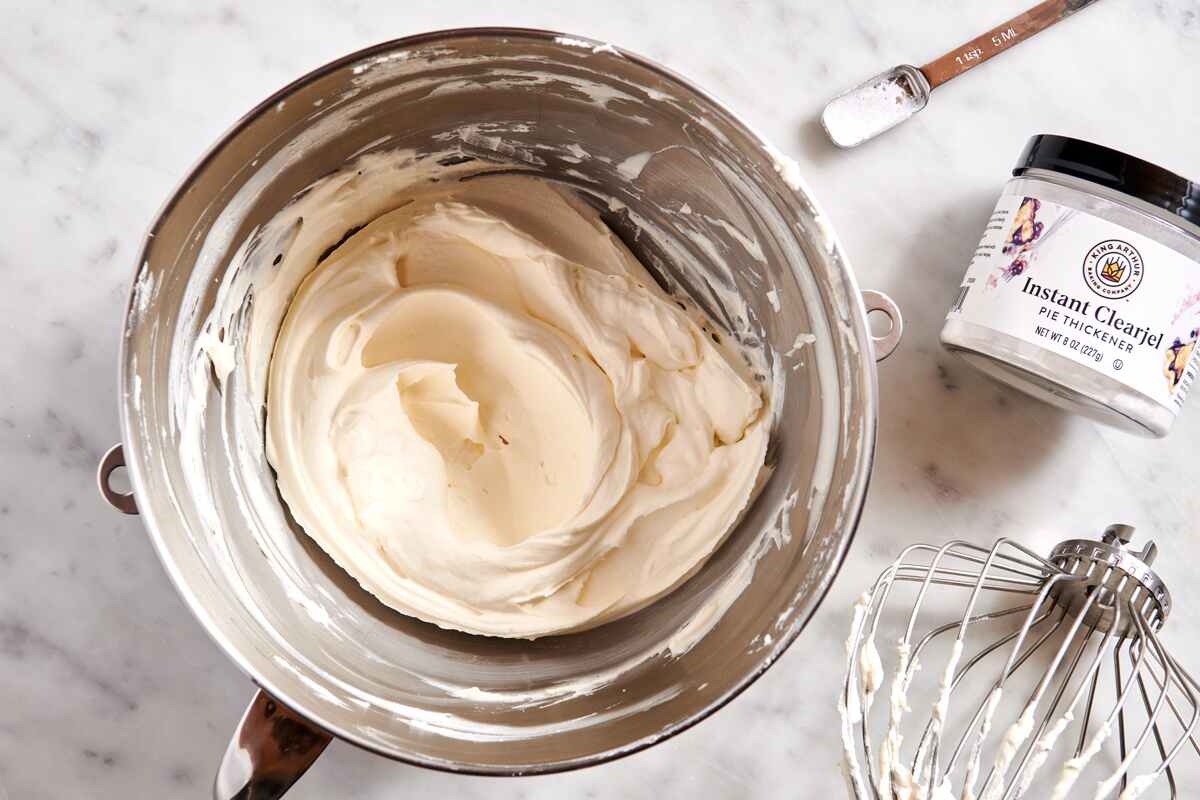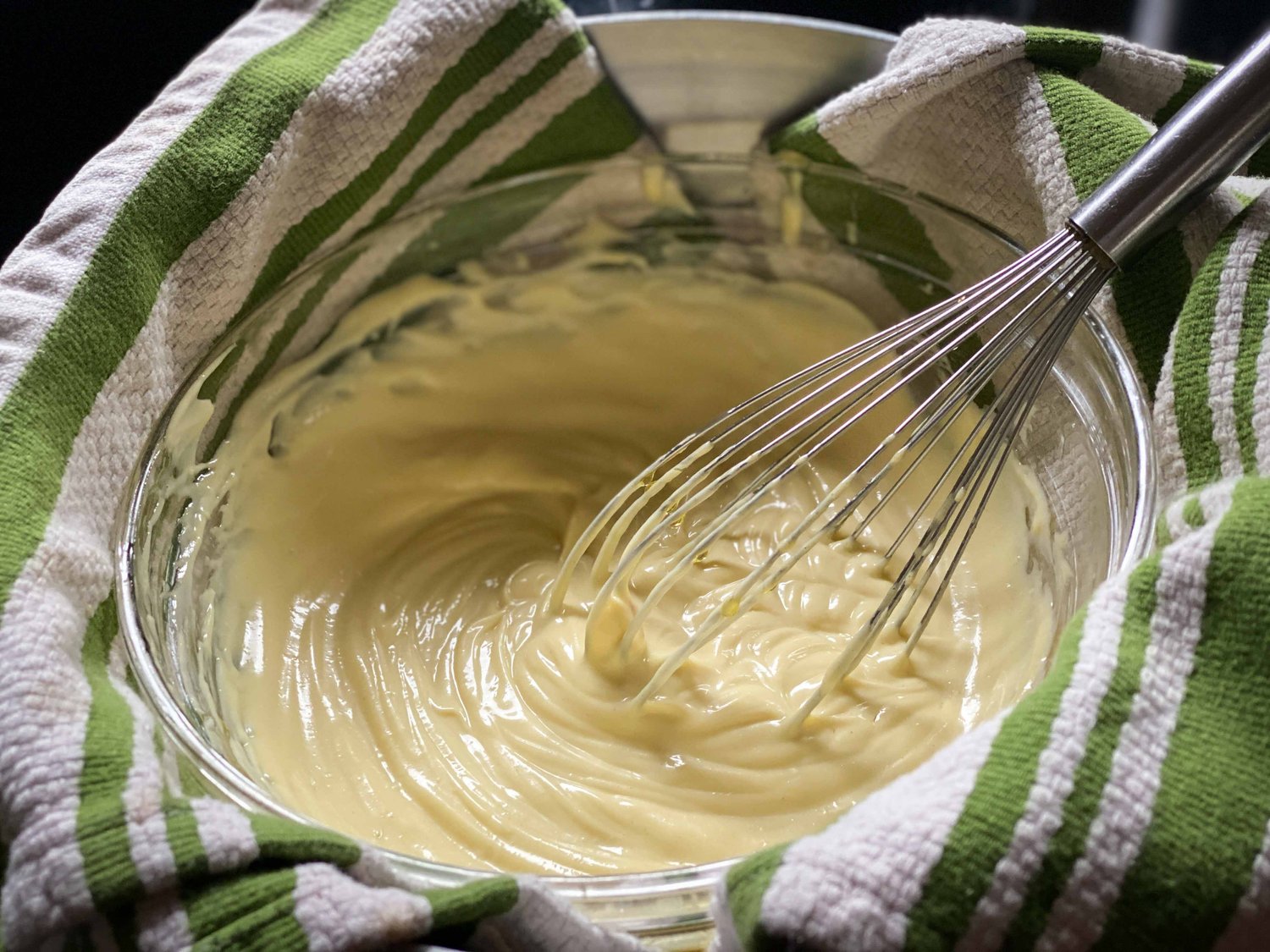What is Dough Tempering?
Dough tempering is an important step in the bread-making process. It involves allowing the dough to rest for a period of time after mixing and before shaping and baking. This resting period allows the gluten in the dough to relax, making it easier to work with and resulting in a better texture and flavor in the finished product.
Why is Dough Tempering Important?
Tempering dough is crucial for several reasons:
- Gluten Development: Allowing the dough to rest helps the gluten strands to align and develop, resulting in a better structure and texture in the final baked goods.
- Improved Flavor: The resting period allows the flavors in the dough to meld and develop, leading to a more complex and delicious taste.
- Easier Shaping: Tempered dough is easier to shape and work with, making the process of forming loaves or rolls much simpler.
How to Temper Dough
Tempering dough is a simple process that can greatly improve the quality of your baked goods. Here’s how to do it:
- Mix the Dough: Start by mixing your dough according to your recipe’s instructions. Once the dough comes together, it’s time to let it rest.
- Resting Period: Cover the dough with a clean kitchen towel or plastic wrap and let it rest at room temperature for about 20-30 minutes. This resting period allows the gluten to relax and the flavors to develop.
- Shaping and Baking: After the resting period, the dough is ready to be shaped and baked according to your recipe.
Tips for Dough Tempering
Here are some additional tips to keep in mind when tempering dough:
- Time and Temperature: The length of the resting period and the temperature at which the dough rests can vary depending on the recipe. Follow your specific recipe’s instructions for the best results.
- Experiment: Don’t be afraid to experiment with different resting times and temperatures to see how it affects the texture and flavor of your baked goods.
- Patience: While it can be tempting to rush through the dough tempering process, taking the time to allow the dough to rest will ultimately lead to better results.
Conclusion
Tempering dough is a simple yet crucial step in the bread-making process. By allowing the dough to rest before shaping and baking, you can improve the texture, flavor, and overall quality of your baked goods. Experiment with different resting times and temperatures to find the perfect tempering process for your favorite recipes. With a little patience and practice, you’ll be on your way to creating delicious, perfectly tempered breads and rolls.
For those looking to master the art of tempering dough, there are several recipes they can dive into. The Classic Sourdough Bread Recipe is a fantastic starting point, offering a traditional approach that highlights the importance of patience and technique. Next, the Traditional Pizza Dough Recipe is a must-try, perfect for anyone wanting to achieve that perfect chewy crust. For a softer touch, the Soft Dinner Rolls Recipe provides a delightful experience with its tender and fluffy texture. Those aiming for a more complex challenge will find the Flaky Croissant Recipe rewarding, as it requires careful dough handling to achieve those perfect layers. Finally, the Rich Cinnamon Roll Recipe is ideal for those who enjoy a sweet, indulgent treat that showcases the versatility of tempered dough. Each of these recipes not only teaches the crucial skill of dough tempering but also results in delicious baked goods that everyone will love.











